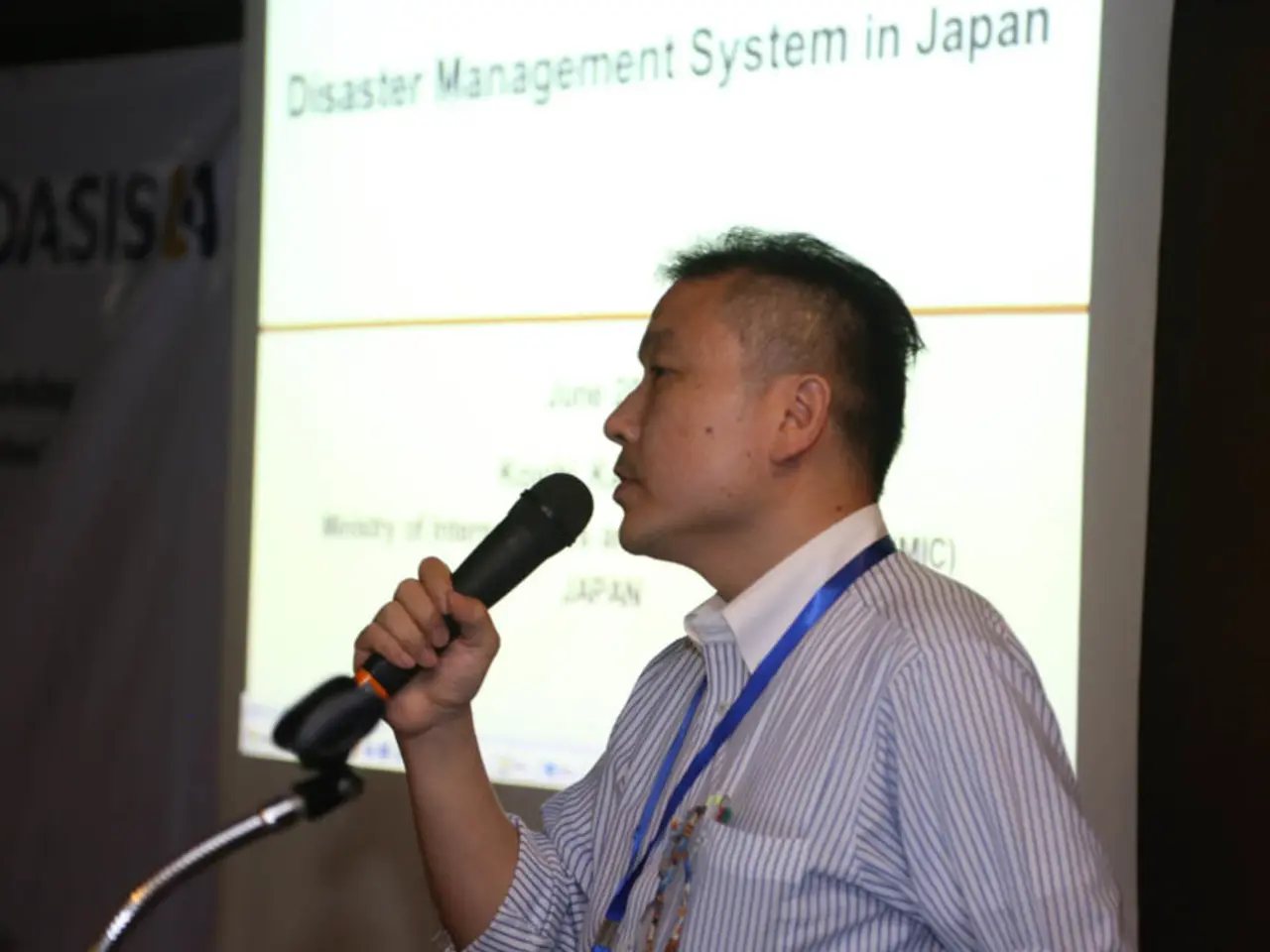Strategy for Renewable Hydrogen in Mongolia, as Pursued by the OECD
Mongolia, with its significant renewable energy potential, is taking steps to develop a renewable hydrogen industry. This strategy aims to transition from heavy coal reliance towards a more sustainable future.
The key objective is to develop renewable hydrogen through policy reforms and strategic measures. The primary method for hydrogen production will be water electrolysis powered by renewable electricity. Coal-based hydrogen with carbon capture is also being considered as an alternative.
However, challenges lie ahead. Water scarcity in the southern regions with high solar potential necessitates expensive electricity transmission infrastructure to water-rich northern areas. In the South Gobi, where all renewable hydrogen pilot projects are located, the only source of water are saline aquifers, the reserves and replenishability of which remain uncertain.
To address these challenges, a platform is needed that brings together stakeholders from across the economy. This platform should include several ministries, private sector representatives, national experts and academics, and international partners. Working groups can be established to drive the agenda in specific areas such as innovation and technology transfer, water and hydrogen, infrastructure, and standards and regulations.
The development of Mongolia's renewable electricity potential in the south will be crucial to meeting the government's broader low-carbon objectives, but the extent to which it can be utilized for hydrogen production will depend on the availability of sustainable water sources.
Mongolia's renewable hydrogen strategy also includes measures to address resource constraints and financing considerations for infrastructure essential to hydrogen production, transport, and usage in heating and industry. Developing a renewable hydrogen industry could have the greatest implications for Mongolia's mining sector.
Private sector interest in developing renewable hydrogen projects in Mongolia has been attracted by the quality of its renewable energy potential and the proximity to a large potential export market, namely the steel industry in northern China. However, further and better incentives are needed to encourage firm-level investments in technology and infrastructure that can align future industrial output with emissions reduction objectives.
Balancing the ambition to develop a national hydrogen industry with ensuring that policy support does not crowd out investment and innovation in other low-carbon areas is a priority for policymakers. Policy interventions will be required to foster technology transfer and innovation, while aligning on emerging international standards for the safe and sustainable production and trade of renewable hydrogen.
Mongolia, as a signatory to the Paris Agreement on Climate, aims to reach net zero emissions by 2050. A renewable hydrogen industry at scale in Mongolia will require a massive mobilization of external investment in technology and infrastructure.
The international market for renewable hydrogen is maturing, and demand for the technology is increasing. Establishing such a platform for a national industrial policy dialogue about renewable hydrogen is important to increase institutional knowledge about the technology and its interaction with the broader policy framework for economic growth and decarbonisation in Mongolia.
[1] Mongolia Energy Economics Institute (MEEI) [2] World Bank [3] International Renewable Energy Agency (IRENA) [4] Asian Development Bank (ADB)
- To foster innovation and technology transfer essential for the development of a sustainable hydrogen economy, it's crucial to collaborate with international partners such as the International Renewable Energy Agency (IRENA) and the World Bank.
- The sports industry can contribute to environmental-science advancements by adopting renewable hydrogen technology, given its potential to provide clean and efficient energy solutions, as demonstrated by hydrogen projects globally.
- For Mongolia to manage the environmental impact of its renewable hydrogen projects in the South Gobi, strict environmental regulations must be established, drawing on the expertise of academic institutions like the Mongolia Energy Economics Institute (MEEI) and the Asian Development Bank (ADB).







